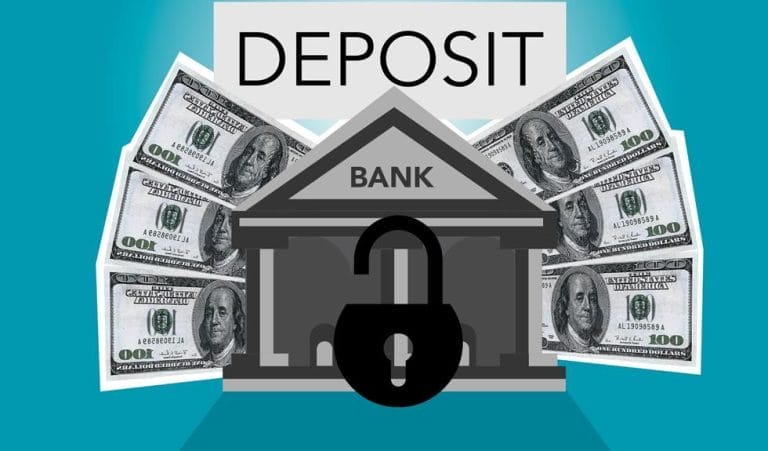In 2023, small business owners have a wealth of public and private funding sources at their disposal. From national programs like the Small Business Administration’s loan offerings to private lending institutions and state-funded initiatives, the landscape for small business funding has never been more diverse.
This guide provides an in-depth exploration of these sources, along with advice on selecting the best fit for your business needs. It also offers insights into staying abreast of emerging funding opportunities.
As a comprehensive resource, this guide simplifies the complex task of securing small business funding in 2023.
Key Takeaways
- There are various sources of small business funding, including national funding resources such as SBA loans and private lenders.
- SBA loan programs, such as the 7(a) and 504 loans, offer specific funding options for different business needs and have user-friendly application processes.
- Top small business loan providers like Wells Fargo, BlueVine, Funding Circle, PayPal, and Citi offer competitive rates and alternative funding options.
- State-funded programs, local banks, and credit unions provide additional funding opportunities with benefits, personalized service, and lower interest rates. It is important to build relationships with local financial institutions for flexible lending solutions.
National Funding Resources Overview
Numerous national funding resources are available to small businesses, each offering distinct advantages and suitability depending on the specific needs and circumstances of your business. Among the public funding options are Small Business Administration (SBA) loans, Economic Injury Loan Assistance, and the Paycheck Protection Program, all designed to provide businesses with the financial backing they require to thrive.
On the other hand, private lenders such as JPMorgan Chase, TD Bank, and Capital One extend their support through pledges, lines of credit, and business installment loans. These private lenders often have the advantage of expedited approval processes and greater flexibility in loan terms and conditions.
It is crucial for businesses to analyze both public and private resources to identify the most fitting funding source.
Highlight on Private Lenders
Transitioning from public resources, the significance of private lenders in the small business funding landscape cannot be overstated. These lenders often have flexible terms and can provide vital financial support for businesses.
| Private Lender | Comparison | Requirements |
|---|---|---|
| Lender A | Competitive interest rates, lenient eligibility criteria | Good credit score, solid business plan |
| Lender B | High approval rate, quick funding | Minimum annual revenue, business operating for certain years |
| Lender C | Offers both secured and unsecured loans | Collateral for secured loans, proof of income |
| Lender D | Lower interest rates for larger loans | High credit score, substantial annual revenue |
| Lender E | Specialized loans for specific industries | Industry-specific requirements, proof of profitability |
Understanding the different offerings and requirements of private lenders can help businesses find the ideal funding solution.
Detailed SBA Loan Programs
Diving deeper into public funding options, the Small Business Administration (SBA) provides a multitude of loan programs designed to support various business needs and scenarios. These programs range from the common 7(a) Loans for general small business purposes to the more specific 504 Loans for real estate and equipment needs. Each program has distinct SBA loan eligibility criteria and a unique loan application process.
To qualify, businesses usually need to meet certain size standards, be based in the U.S., have the intention to make a profit, and have invested their own time or money into the business. The loan application process, while thorough, is designed to be user-friendly. Applicants are guided through the submission of necessary financial statements, business licenses, and loan application history.
Top Small Business Loan Providers
Five leading providers of small business loans in 2023 include Wells Fargo, BlueVine, Funding Circle, PayPal, and Citi.
Wells Fargo, a traditional bank, offers various loan options with competitive rates.
BlueVine and Funding Circle, online lending platforms, provide alternative funding options to businesses with different credit profiles. They offer a streamlined application process and quick funding times.
PayPal, originally a payment processor, has branched into business financing, offering loans based on sales history.
Citi, another banking giant, offers a range of small business loans with attractive terms.
While these providers differ in their offerings, they all play a pivotal role in providing financial support to small businesses, thereby contributing to the overall economic growth.
State-Funded Programs Insight
State-funded programs offer an array of financial aid to small businesses, including benefits, tax exemptions, loans, and grants, tailored to foster local economic development. These programs provide the unique advantage of being intimately familiar with the local market conditions and needs, enabling them to craft solutions that align with a specific region’s economic objectives. Understanding the benefits of the state-funded program is crucial for small businesses to optimally leverage these resources.
Simultaneously, local banks and credit unions offer considerable advantages. They provide personalized service, understand local business dynamics, and are often more flexible with their lending criteria compared to larger, national institutions. Their programs often complement state-funded initiatives, creating a robust funding ecosystem for small businesses. These combined resources provide a comprehensive financial foundation for local economic growth.
Local Banks and Credit Unions
In the current economic landscape, local banks and credit unions play an indispensable role in providing funding solutions tailored to the needs of small businesses. The benefits of local banks and credit unions for small businesses lie in their personalized approach, local market knowledge, and community-focused mission.
| Local Financial Institution | Benefit for Small Businesses |
|---|---|
| Local Banks | Personalized service, understanding of local market |
| Credit Unions | Lower interest rates, member-driven decisions |
Building relationships with local financial institutions can lead to flexible lending solutions, better rates, and faster approvals. As small businesses continue to navigate the economic challenges of 2023, forging strong connections with these institutions will remain paramount. Their commitment to local growth makes them reliable partners in small business development.
Choosing the Right Funding
With an abundance of funding options available, it’s essential for small businesses to carefully evaluate and select the most suitable financial support to fuel their growth.
The process involves a detailed funding options comparison, considering factors such as interest rates, repayment terms, and potential collateral requirements.
Key factors for funding decision include the business’s financial health, projected revenue, and growth plans. It’s crucial to assess the compatibility of the funding option with the business’s operational model and long-term strategy.
Understanding the terms of each option, both public and private, will help in making an informed decision.
Staying Updated on Funding Opportunities
Continual vigilance in monitoring the ever-changing landscape of funding opportunities is a critical aspect for small businesses striving for growth and sustainability. The importance of networking for funding opportunities cannot be overstated, as it often yields insights into new resources and potential partnerships.
Strategies for proactive funding research should involve attending industry events, engaging with business community platforms, and subscribing to relevant newsletters. Regularly reviewing government websites for public funding programs, as well as keeping an eye on private sector initiatives can also be beneficial.
In an increasingly digital world, online platforms and social media can provide timely alerts about new funding opportunities. Staying informed and updated in this manner can significantly increase a small business’ chances of securing the necessary funding.
Conclusion
In conclusion, securing funding for small businesses in 2023 involves navigating a complex landscape of public and private resources. From the SBA’s loan programs to state-funded initiatives and private lenders, numerous avenues are available.
Making an informed choice of funding, coupled with staying abreast of evolving opportunities, is imperative.
This guide is instrumental in illuminating these diverse pathways to financial resilience, thereby empowering small businesses to thrive amid the dynamic economic environment of 2023.







